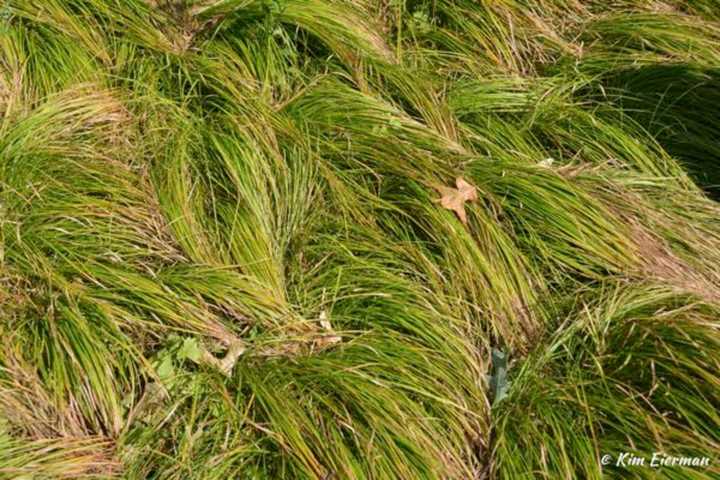A European Tradition
Americans adopted the concept of lawns from Europe, where generations ago stately manor houses incorporated vast lawns into their landscapes as a status symbol -- a method of controlling nature. In the United States we democratized the lawn -- every landscape was fair game.
Poor Sustainability and Ecological Impact
Unfortunately, our lawns consist primarily of non-native turf grasses that are not well-adapted to our environment, and as a result, require copious inputs – water, fertilizer, and laborious mowing. The EPA estimates that the average lawn uses 10,000 gallons of household water each year -- over and beyond natural rainwater. With droughts becoming more frequent as a result of climate change, that kind of water use is simply not sustainable. Moreover, turf lawns provide very little ecologically speaking.
A Different Landscape Aesthetic
Changing the American fixation with lawns is not easy – it requires a change in our aesthetic sensibilities. The most important step from an ecological standpoint is to embrace biodiversity. Research has shown that bio-diverse landscapes, with many different plant species, are more resilient to pests, diseases and the impacts of climate change - all of which threaten our landscapes. Replacing a turf monoculture with a monoculture of a single native plant species does not make much progress ecologically.
Bio-Diverse Patterns
A bio-diverse planting can be accomplished either with an informal pattern or with a more formal, designed approach. By mixing different species of plants together in a random pattern, you can create a meadow-like look. If you prefer a more designed aesthetic, plant in groups – use a single plant species in each group, but use many different groups. You can repeat these plant groups to create patterns and provide continuity throughout your landscape.
Determining Native Substitutes for Turf
Your native plant palette should be dictated by the conditions of your landscape and your soil. Does the planting area receive 6 hours of sun or more per day or is it partly sunny, or perhaps in full shade? Is the soil quite moist or very dry, acidic or alkaline? To ensure that you plant the right plants in the right place, send in a soil sample to your local agriculture extension (in New York – Cornell; in Connecticut - UConn). For best ecological results, choose plants that are native to your region and suited to the conditions of your site. Stay tuned for part two of this article for suggestions of some great native plant substitutes for turf.
Kim Eierman, a resident of Bronxville, is an environmental horticulturist and Founder of EcoBeneficial. When she is not speaking, writing, or consulting about ecological landscapes, she teaches at the New York Botanical Garden, Brooklyn Botanic Garden, The Native Plant Center and Rutgers Home Gardeners School.
Click here to follow Daily Voice Norwalk and receive free news updates.
